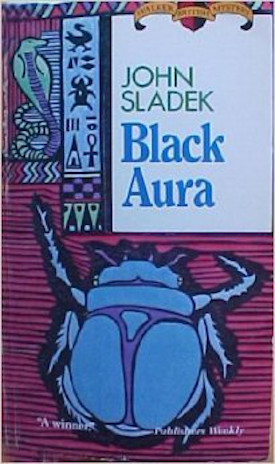Somehow one of the unfilmed scripts from ELLERY QUEEN migrated into the MURDER, SHE WROTE production schedule, the result being "The Grand Old Lady" (1989), an oddball installment for M.S.W.
Nathanael Booth discusses this particular episode at some length, contrasting it with the usual EQ approach. Excerpt:
"The Grand Old Lady" was a script for Ellery Queen that was never produced and only found itself onscreen over a decade later—and exactly a decade after Jim Hutton passed away. While watching it, I couldn't help wishing that the script had been produced for the original series run, since in many ways it's the best episode of the lot. I don't mean that in terms of the final reveal—which is half-hearted, at best—but in terms of complexity; nowhere else do we find a variation on the dying clue this sophisticated. And, beyond that, we're treated to not simply one, but two false solutions. It's a lovely piece of work. — MORE MAN THAN PHILOSOPHER (7th July 2011)Resources:
- MURDER, SHE WROTE (IMDb).
- ELLERY QUEEN (IMDb).
- "The Grand Old Lady" (IMDb).
Category: Detective fiction



















